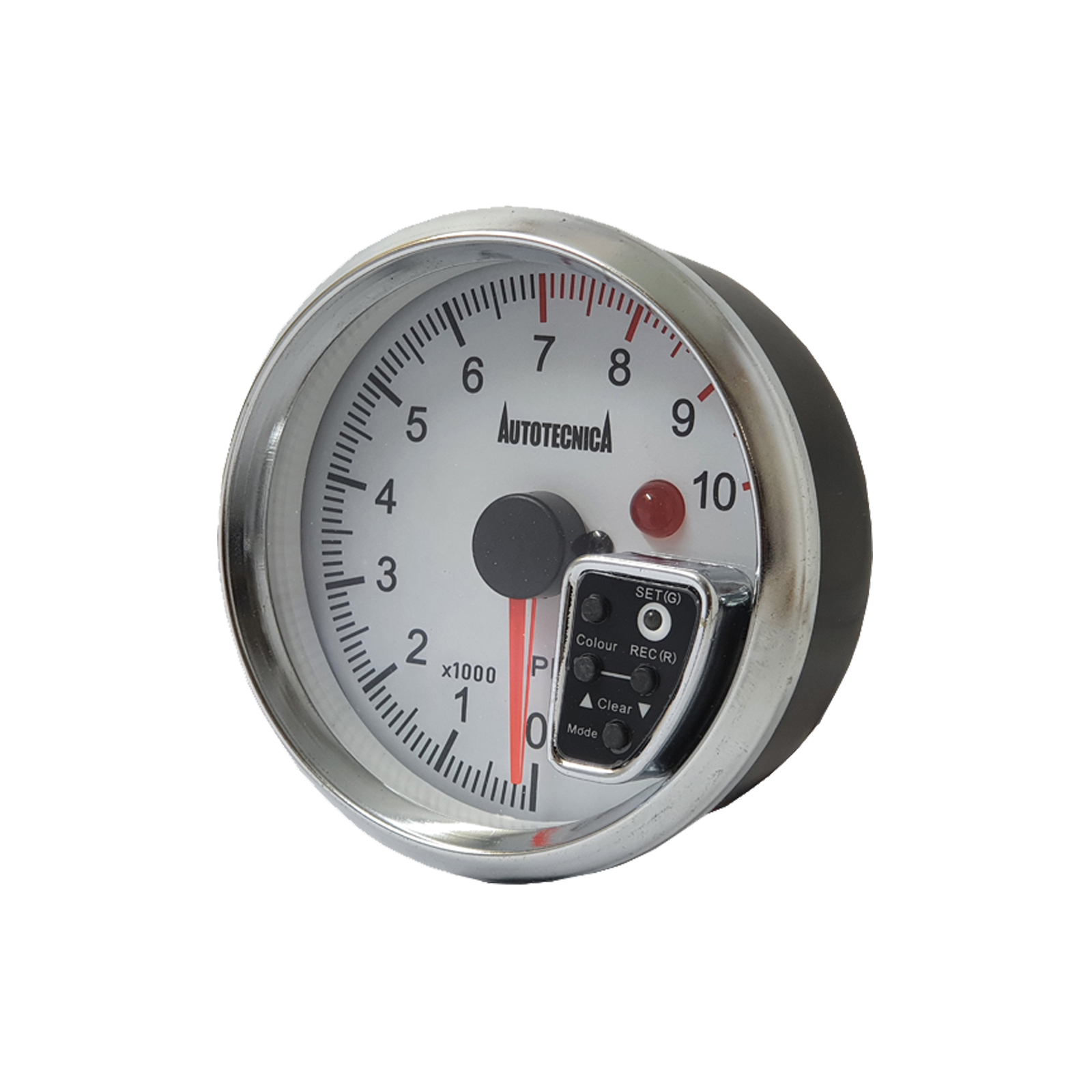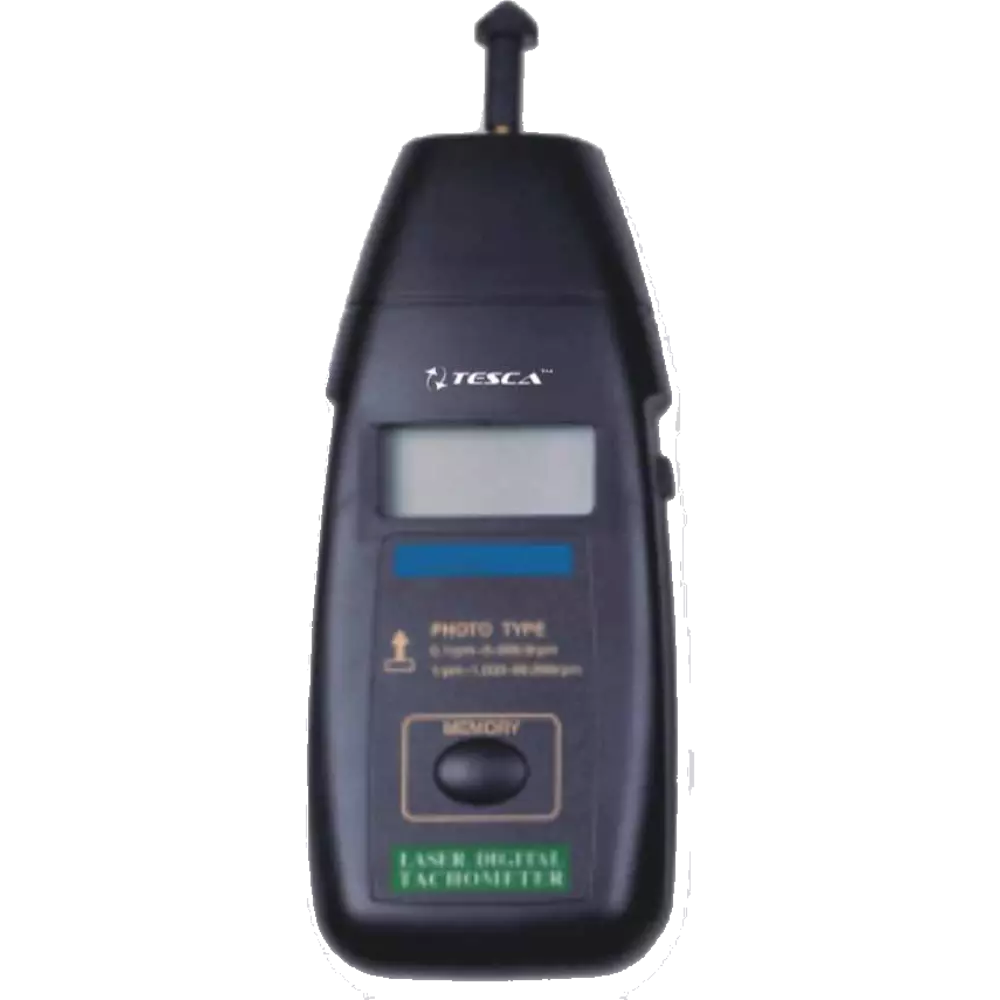Tachometer Fundamentals: Everything You Need to Know for Accurate Readings
Tachometer Fundamentals: Everything You Need to Know for Accurate Readings
Blog Article
Unlocking the Secrets of Tachometers: Whatever You Need to Learn About This Crucial Tool in Your Vehicle
Understanding the intricacies of tachometers can supply valuable understandings into your car's efficiency and maintenance requirements. From determining engine speed to deciphering the data it offers, tachometers work as a crucial device for vehicle owners and enthusiasts alike. By untangling the mysteries behind this necessary tool, you can unlock a riches of info that can boost your driving experience and make sure the durability of your lorry.
Value of Tachometers
The significance of tachometers depends on their capability to offer important real-time information regarding an engine's rotational speed, enabling accurate surveillance and upkeep of equipment. By measuring the changes per min (RPM) of an engine's crankshaft, tachometers offer valuable insights into the engine's performance - tachometer. This information is essential for ensuring that the engine runs within its optimal variety, staying clear of possible damages from over-revving or underperforming
Tachometers play an important duty in assisting drivers and service technicians spot any type of anomalies in the engine's speed, which might indicate concerns such as gas ineffectiveness, mechanical issues, or too much strain on the engine. By without delay determining these problems with tachometer readings, maintenance can be executed proactively, preventing costly repair work and downtime over time.
Moreover, tachometers are specifically important in high-performance lorries and equipment, where specific control over engine speed is needed for optimal procedure. Racing autos, airplane, and industrial equipment depend on tachometers to supply peak efficiency while preserving safety requirements. Fundamentally, tachometers are not just instruments for gauging rate yet indispensable tools for making sure the smooth and effective operation of engines across different applications.
How Tachometers Step Engine Rate
Using sensing units that spot the frequency of electrical pulses generated by the engine's ignition system, tachometers precisely measure the rotational rate of an engine. By keeping track of the price at which these pulses are obtained, tachometers offer real-time feedback on just how quickly the engine's crankshaft is revolving per min, frequently referred to as transformations per minute (RPM)
The tachometer's sensing unit, often linked to the engine's ignition coil or ignition system cords, chooses up the electrical signals produced each time a cylinder fires. These signals are after that exchanged RPM readings displayed on the gauge or instrument cluster within the vehicle driver's sight. Tachometers can be analog or electronic, with contemporary vehicles typically featuring electronic displays for accurate and rapid RPM analyses.
This information is important for chauffeurs try these out to comprehend the engine's performance, avoid over-revving, enhance gear changing, and make certain efficient gas consumption. By precisely gauging engine rate, tachometers play a vital role in helping chauffeurs operate their lorries securely and successfully.
Translating Tachometer Analyses
Having a clear understanding of exactly how tachometers gauge engine rate sets the structure for properly analyzing the RPM analyses displayed. Translating tachometer readings is important for optimum lorry efficiency and engine health. RPM (Transformations Per Minute) analyses on the tachometer suggest the speed at which the engine's crankshaft is rotating. When the engine is idling, the tachometer needle typically relaxes around 600-1000 RPM, depending on the vehicle. As you speed up, the RPM will certainly increase, mirroring the engine's greater rotational rate. When moving equipments in a hands-on transmission lorry, the RPM will certainly drop as you involve the clutch and modification gears, then rise once again as you accelerate in the new equipment. Checking the tachometer can assist you figure out the most reliable shifting points to make the most of fuel economic climate and engine power. Additionally, unusual variations or consistently high RPM readings could suggest prospective problems other with the engine that might call for expert interest. By focusing on the tachometer analyses and comprehending how to interpret them, you can guarantee your lorry runs efficiently and effectively.


Tips for Making Use Of Tachometers Efficiently
To boost driving effectiveness and maximize engine performance, what trick strategies can be applied for successfully using tachometers? Tachometers are vital devices that supply real-time comments on engine speed, making it possible for motorists to make enlightened decisions for better performance - tachometer. Right here are some tips for using tachometers successfully:
Recognizing Optimal RPM Range: Familiarize yourself with the optimal RPM like this (Revolutions Per Minute) variety for your automobile. This array ranges various cars and is typically suggested in the proprietor's manual. Maintaining the engine within this array can enhance gas performance and lengthen the engine's lifespan.
Shifting Gears at the Correct Time: Make use of the tachometer to establish the most effective time to change gears. Upshifting prematurely or also late can cause lowered efficiency and performance. Aim to move gears when the RPM reaches the optimal range for the following gear.
Checking Engine Tension: High RPMs for prolonged periods can strain the engine. Watch on the tachometer to avoid over-revving, particularly throughout velocity or when carrying heavy loads.
Tachometers and Car Maintenance
When considering vehicle upkeep, tachometers play a vital role in monitoring engine performance and detecting prospective issues. Tachometers give crucial information on engine rate, allowing chauffeurs and mechanics to ensure that the engine is operating within the advised RPM array.
In addition to spotting potential problems, tachometers can additionally assist in maximizing gas efficiency. By maintaining the engine speed within the optimal array, chauffeurs can enhance their gas mileage and decrease gas intake. This not just benefits the driver's wallet but additionally adds to environmental preservation by reducing harmful exhausts.
Conclusion

Report this page